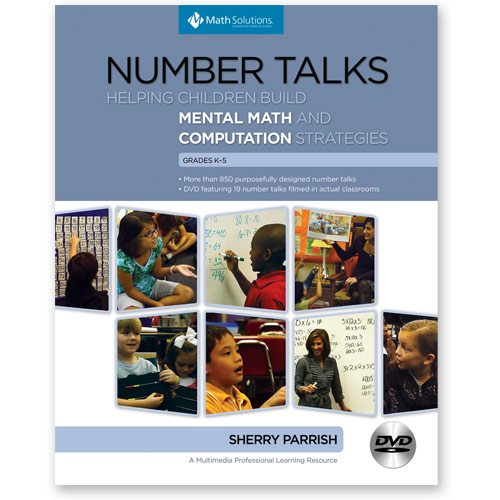We all work to help our classes develop number fluency and the ability to use different computation strategies. In Number Talks, the emphasis is on children talking about how they solved a problem. Many of us probably grew up being told to 'show your work' in maths - with number talks, children 'talk through their work' - which allows them to clarify their own thinking, become the mathematical experts for their own class, and help their classmates see different ways of arriving at the right answer.
The following video shows a kindergarten/Primary 1 number talk, given by the same teacher who presents the kindergarten number talk in the Number Talk book. If you've read my post about developing Number Sense, you'll realise how many elements of the Number Talk routine I've borrowed in my own teaching!
Has anyone else read Number Talks and implemented ideas from it in your own class? I'd love to hear about your experiences.


 RSS Feed
RSS Feed